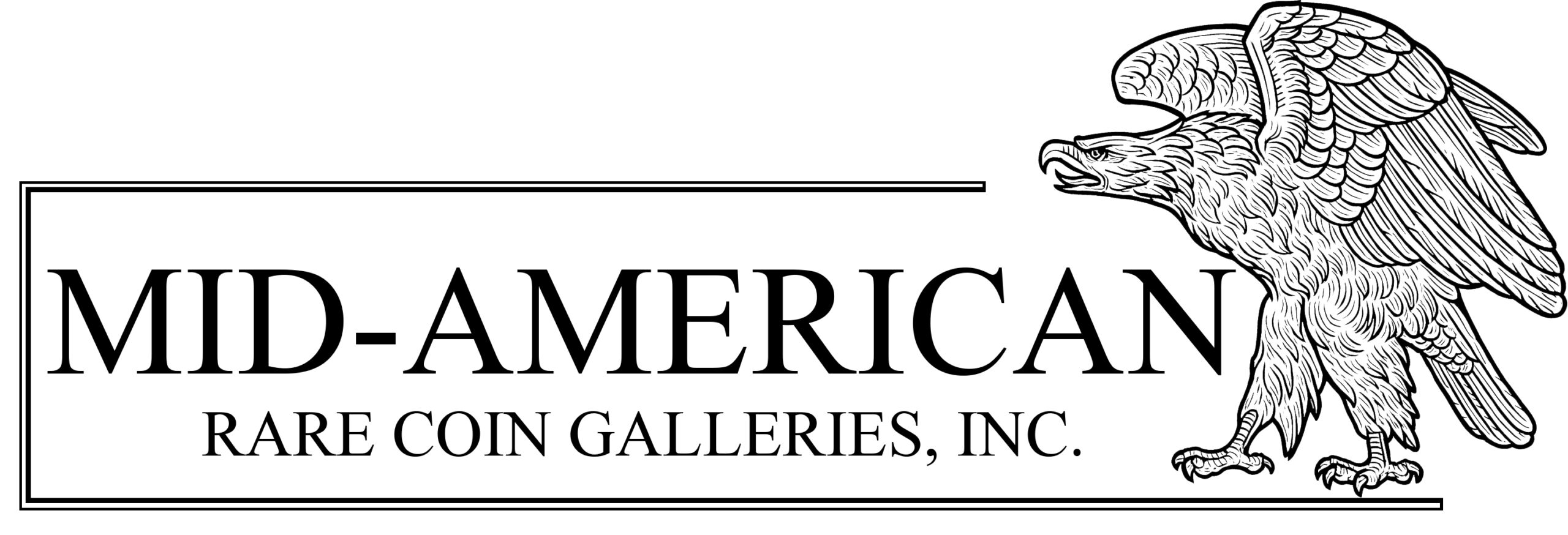Private mints predate the establishment of the United States Mint and continue to strike important coinage today.
Last week, I had the opportunity to visit the Osborne Mint in Cincinnati. Our group was invited to the striking ceremony for the upcoming American Numismatic Association (ANA) commemorative coin that is being struck at the Oklahoma City convention. The visit provided everyone with an opportunity to see the inner workings of the oldest privately owned mint in the United States.
Private mints in the US have a very long history. There were private mints in this country long before the US Mint began striking coins in 1792. Traditionally, these mints have operated when there has been a need for currency that was not met by local or national authorities. Most colonial coins were struck for this purpose, starting with New England coinage in 1652.
When gold was discovered in California in 1848, there was very little federal coinage in circulation in the area. Private mints soon sprang up to forge the newly found gold into coinage. Some of the most famous coins in the territorial gold series were created at this time. Private mints proliferated out west until the opening of the San Francisco Mint in 1854.
Private mints continued to meet needs when federal coinage was unavailable. Civil War and Hard Times tokens are great examples. Many of these private issues were also used to convey messages or for political propaganda. Coinage has been a powerful means of influencing public opinion since ancient times.

More recently, private mints in the US have focused on creating interesting bullion in the form of non-legal tender coinage. The demand for bullion is often met by these private mints, especially when the premiums for US Gold and Silver Eagles reach unfavorable levels.
Private mints also create private brand coins for companies worldwide. This is similar to what you see in grocery stores, where they promote in-house brands that third parties make. Companies can create coins that are unique to their company, and with fixed costs that are established well in advance.

Additionally, private mints strike coins under their own “issuing authority” around the world. This system offers excellent flexibility in design creativity and adds the advantage of the pieces being legal tender. For many US companies, this is crucial due to sales tax exemptions based on the legal tender status. You may be surprised to learn that many countries outsource the production of their coinage. The World Money Fair, held annually in Berlin, Germany, is the premier event for mints offering this service.
The Osborne Mint has a rich history, dating back to 1835. The company claims to be the oldest continuously operating mint in the US. It has a very long history of producing custom coins, medals, tokens, and other medallions. The company famously struck campaign tokens for Abraham Lincoln. It also produced ration tokens during World War II, including the red and blue OPA tokens many are familiar with. The company still retains the dies and other materials from this project in its extensive archives.
More recently, the company was acquired by HM Precious Metals. This parent company also owns the Royal Dutch Mint and is the world’s second-largest private industrial holding company in the production of coins. The Osborne Mint has been in its present location since the early 1950s and is housed in what was once the meat-packing district of Cincinnati.
The building is a sprawling space with traces of its distant past evident everywhere. The new ownership has committed to modernization, with the latest minting technology being installed at a rapid pace. The above-mentioned ANA commemorative coin was struck on what seemed to be very new equipment.

Patrick Hipple, the North American Sales Director of Osborne Mint, gave the ANA group a fantastic tour of the mint, explaining details of the minting process. The tour concluded with the striking of the first ANA commemorative coins for the VIP guests. Most of these were numbered and sent to NGC for certification.
The ANA commemorative medal is being produced by Minted Assets, a company owned by Chang Bullock from Minnesota. Like many other projects struck by Osborne Mint, Minted Assets created the program as a licensed product for the ANA World’s Fair of Money convention. The commemorative will be available at the show in various metals, with bronze examples being given out for free to a limited number of attendees each day.

The beautiful medal’s design is based on James Fraser’s “End of the Trail” sculpture that is on display at the National Cowboy Museum in Oklahoma City. The medal is a prime example of the exquisite craftsmanship that private mints can produce.
There are probably dozens of private mints in the US. A few years ago, I had the privilege of getting a floor tour of Sunshine Mint in Las Vegas, which was an astounding experience. Whenever you have the opportunity, a visit to a private mint is highly recommended for collectors. It is a great chance to understand the minting process more fully. This information is essential, regardless of the numismatic objects you collect.
Hopefully, this article will help you understand that there are many coins to collect that did not originate from the US Mint. The history of this country can be traced by the many interesting coins produced in this nation, many of which were struck by private mints.
